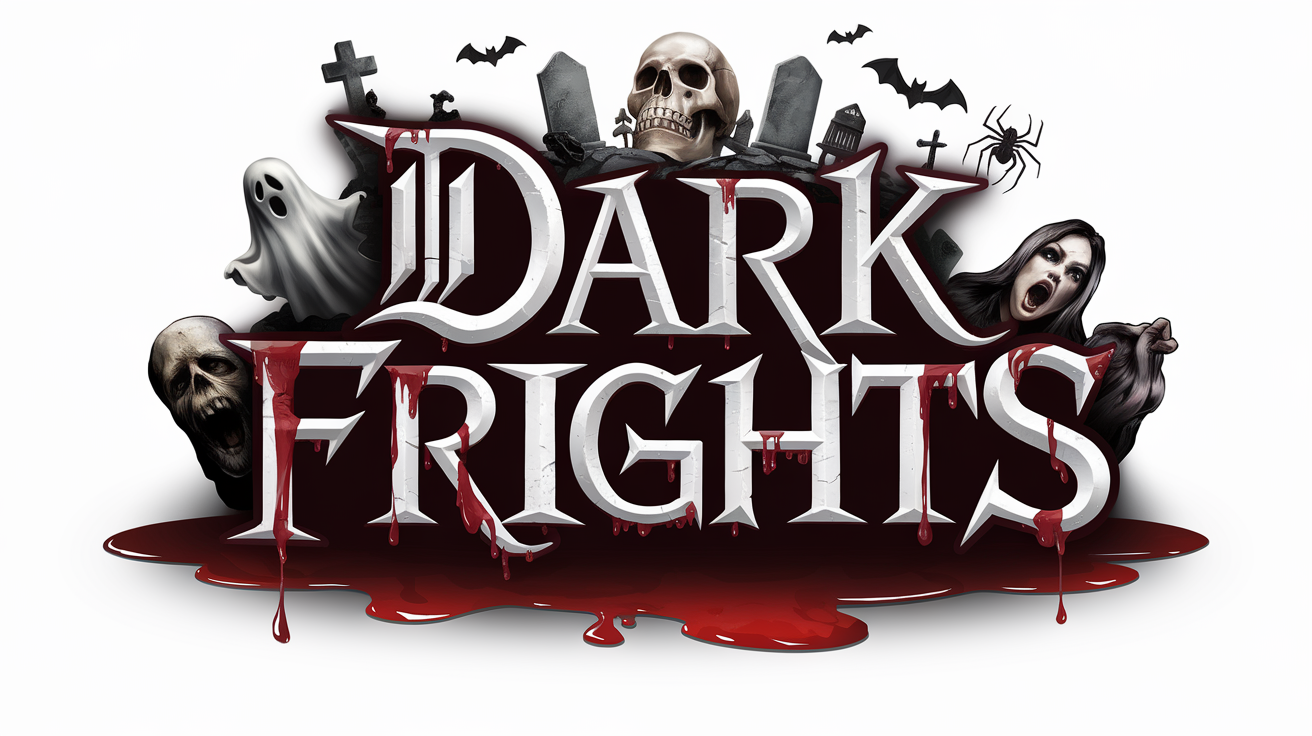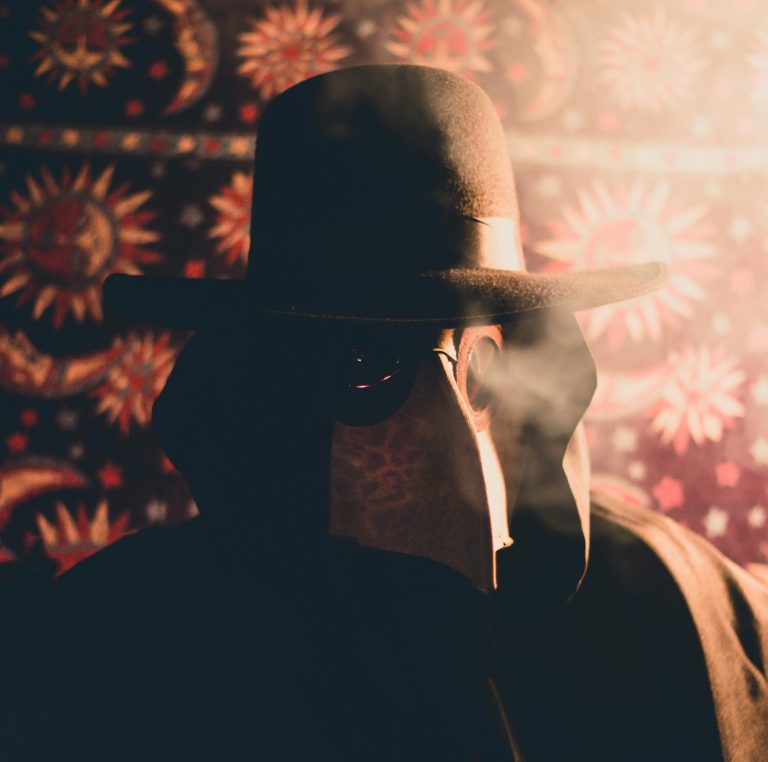By Kadrolsha Ona Carole
The horror and paranormal industries are two fascinating realms that captivate audiences by exploring the unknown, the terrifying, and the supernatural. While they share some common themes, they are distinct in their approaches, target audiences, and ultimate goals. Let’s delve into the similarities and differences between these two intriguing industries.
Origins and Evolution
Horror Industry: The horror industry has roots in ancient folklore and mythological stories meant to warn and terrify. It has evolved significantly over centuries, from Gothic literature like Mary Shelley’s “Frankenstein” to contemporary horror films like “Hereditary” and “The Conjuring.” The horror genre is characterized by its use of suspense, fear, and often graphic depictions of violence to evoke a visceral reaction from the audience.
Paranormal Industry: The paranormal industry encompasses a broader spectrum of the supernatural, including ghosts, UFOs, cryptids (like Bigfoot), and other unexplained phenomena. It has a basis in both cultural folklore and modern-day experiences and investigations. This industry includes TV shows like “Ghost Hunters,” movies like “Paranormal Activity,” books, podcasts, and live paranormal investigations. The goal is often to explore and provide evidence for the existence of paranormal phenomena.
Target Audiences
Horror Industry: Horror generally appeals to thrill-seekers who enjoy the adrenaline rush of fear. The target audience tends to be broad, encompassing teenagers and adults looking for excitement and suspense. The appeal lies in the safe scare—a controlled environment where viewers can confront their fears without real-world consequences.
Paranormal Industry: The paranormal industry appeals to a more niche audience that includes skeptics, believers, and those simply curious about the supernatural. This audience often seeks knowledge or proof of the existence of paranormal phenomena, rather than purely looking for entertainment. Paranormal enthusiasts are intrigued by the mystery and potential reality of what lies beyond our normal perceptions.
Storytelling and Content
Horror Industry: Horror storytelling is diverse, ranging from psychological horror, which delves into the minds of characters, to slashers, which focus on physical terror and gore. The narrative often centers around ordinary people facing extraordinary and terrifying situations. Horror films and books use a variety of techniques to build tension and suspense, including jump scares, eerie soundtracks, and unsettling imagery.
Paranormal Industry: In the paranormal industry, storytelling often involves real-life investigations, witness testimonials, and historical research. TV shows and documentaries follow investigators as they explore haunted locations, seek out cryptids, or uncover UFO sightings. The content is typically presented in a way that encourages viewers to form their own conclusions about the existence of paranormal entities.
Commercial Success and Cultural Impact
Horror Industry: The horror industry is a major player in the entertainment world, generating significant revenue from box office sales, streaming services, merchandise, and theme park attractions. Successful franchises like “Halloween,” “Saw,” and “The Exorcist” have left lasting cultural impacts and have built dedicated fan bases. Horror’s ability to reflect societal fears and anxieties makes it a powerful and enduring genre.
Paranormal Industry: While not as commercially dominant as horror, the paranormal industry has a substantial cultural impact. It has a strong presence in niche markets and a dedicated following. Paranormal tourism, including ghost tours and haunted hotels, is a growing sector. Additionally, the rise of podcasts and YouTube channels dedicated to the paranormal has expanded its reach, creating communities of enthusiasts and skeptics alike.
KO’s Conclusion
The horror and paranormal industries both delve into the unknown, but they do so in different ways and for different purposes. While horror aims to thrill and scare through fictional narratives, the paranormal industry seeks to explore and provide evidence for supernatural phenomena. Both industries captivate their audiences by tapping into deep-seated fears and curiosities, and both have carved out significant spaces in the cultural landscape.

